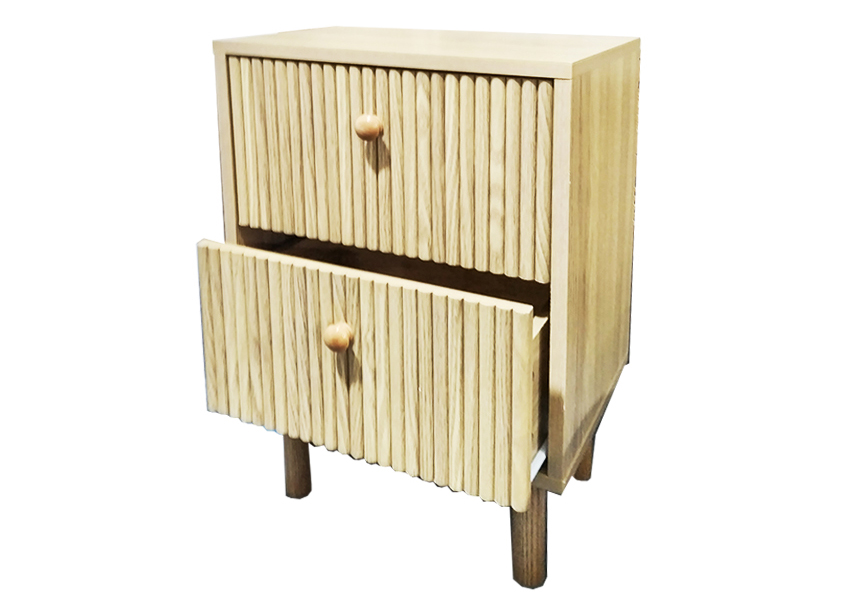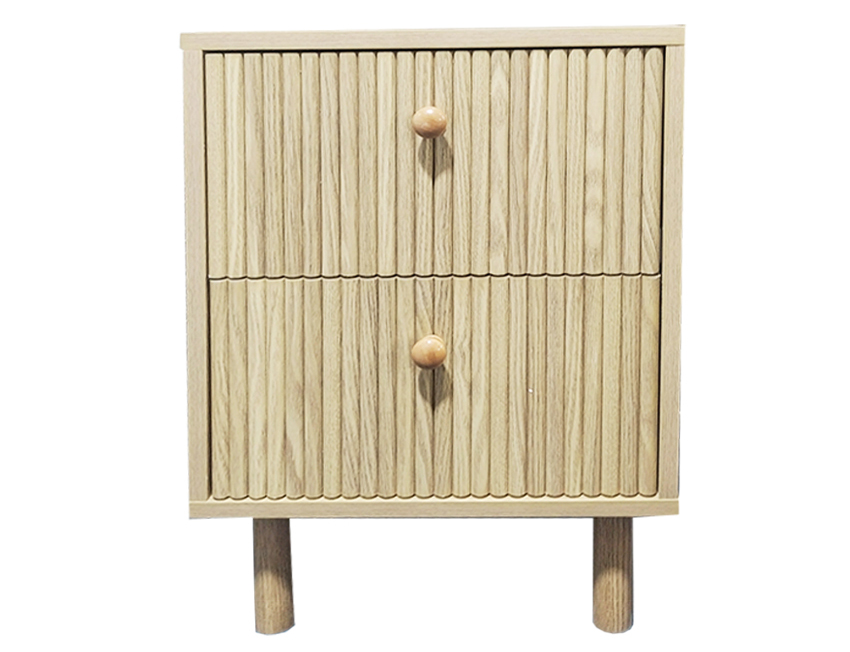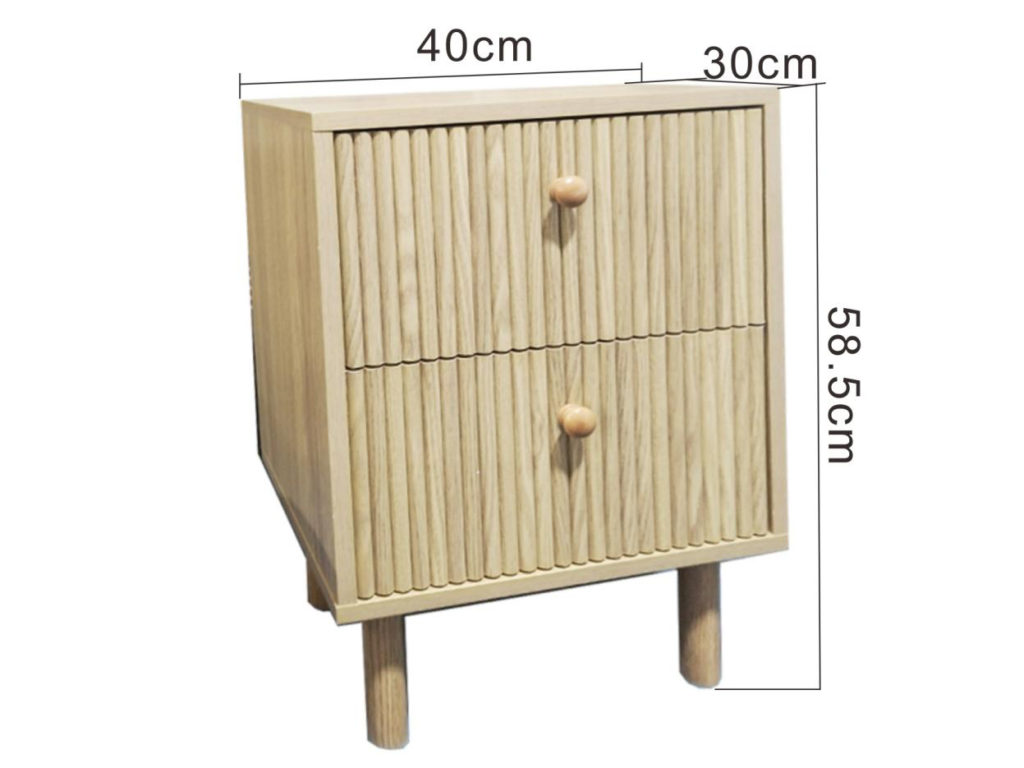When it comes to bedrooms, there are two essential pieces of furniture: bedside tables and nightstands. Whilst these two terms are similar and are often used interchangeably for practical purposes, there are subtle differences between the two. And knowing the difference between the two can help you pick out the perfect piece of furniture for your room. In this buying guide, we’ll help you to understand the differences between the two, so that you can take a holistic approach to choosing the right furniture for your room and add the right décor!
The Ideal Shoe Cabinet Size
A proper shoe cabinet should have a depth of at least 20cm to allow for the storage of most shoe types without the shoe protruding out of the cabinet. This requirement, however, will vary depending on your shoes’ size. As such, it is important to know the length of your shoes before shopping for your shoe cabinet.

Size and Proportions: The main difference between them is the size and the availability of storage space. Bedside tables are usually smaller and can fit snugly next to the bed without taking up too much space. They are also all simpler in design and can hold table lamps, alarm clocks and small personal items on the surface. Additionally, nightstands are usually larger with drawers for extra storage space. The larger surface area of a nightstand can hold many things, including books, magazines and more important personal items, and the drawers can also hold a variety of personal items.
Storage Capacity: Storage capacity is another key factor that sets bedside tables apart. Nightstands are often more simplistic in design and smaller in size, so they may lack storage capabilities, which primarily function to provide a surface for essentials. Instead, nightstands offer additional storage options such as shelves or drawers that can hold your extra books, magazines, electronic devices, or other personal items to keep the room tidy. So when choosing a nightstand, consider your storage and space size needs as well as your preferences.

Design and Style: Bedside tables come in a variety of designs and tones to suit different bedroom styles. Bedside tables are usually made with a more minimalist and modern approach, with clean lines and simple shapes. They are versatile and blend well with a variety of decorative styles. On the other hand, it also offers a wider range of design options, including traditional, rustic or vintage styles. Allowing the bedside table can be a statement piece that shows off your personal style and adds artistic ambience and visual interest to your living room. Through the overall design of your bedroom, choose a design that complements your style and highlights the uniqueness of your living room!
Placement and Functionality: Storage capacity is another key factor that sets bedside tables apart. Bedside tables are often more simplistic in design and smaller in size, so they may lack storage capabilities; their primary function is to provide a surface to hold items you need and access for your living needs, such as medications. Instead, nightstands offer additional storage options such as shelves or drawers that can hold your extra photos, small paintings, flower arrangements, etc. for living and learning storage and retrieval, which helps with the organisation and placement of items. So when choosing a nightstand, consider your storage and space size needs as well as your preferences.

Budget Considerations: Budget is a very important consideration when buying furniture. Bedside tables are smaller, have a clean design, and are usually priced better than headboards. Nightstands that are larger and come with extra storage will be more expensive compared to nightstands. Because of this, carefully compare the differences between the two as well as your budget before making a purchase and choose the right furniture.
Although “bedside tables” and “nightstands” are both very similar, it is important to recognise that there are still differences between them. Nightstands tend to be smaller, simpler in design, and focus on critical surface space, while bedside tables offer more storage options and a wider variety of designs. Make the right decision by understanding the differences between the two, comparing their different sizes, features, your own budget, and whether or not you need additional storage space. Adequate knowledge and consideration can make your bedside area both functional and ambient, creating a comfortable and orderly bedroom sanctuary!











